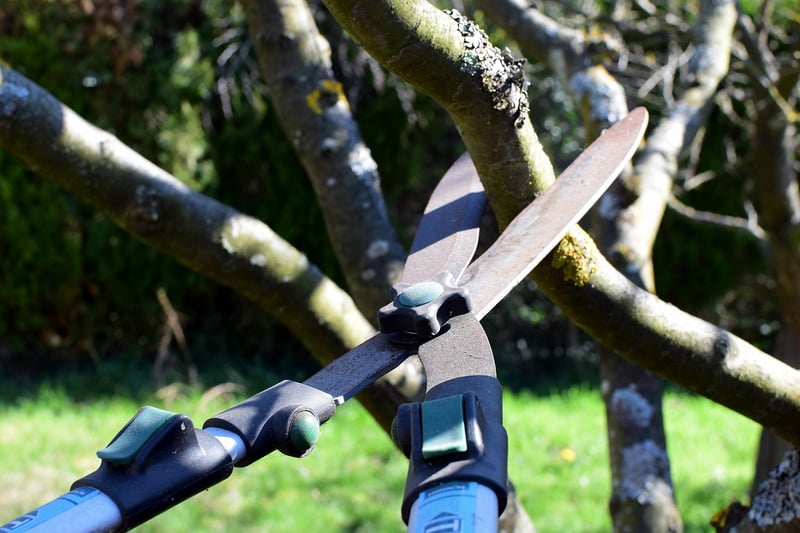Pruning Techniques
Caring for Vertical Gardens and Pruning Techniques
Introduction
Vertical gardens are a popular choice for adding greenery to limited spaces. However, maintaining these gardens requires special care and attention. In this article, we will discuss how to care for vertical gardens and explore pruning techniques to keep your plants healthy and thriving.
Caring for Vertical Gardens
Vertical gardens, also known as living walls, offer a unique way to grow plants vertically, making them ideal for small outdoor or indoor spaces. Here are some essential tips for caring for your vertical garden:
1. Watering
Ensure your vertical garden receives adequate water. Depending on the plants you have, you may need to water them daily or a few times a week. Monitor the soil moisture levels regularly to prevent overwatering or underwatering.
2. Light Exposure
Place your vertical garden in a location that receives sufficient sunlight for the plants to thrive. Different plants have varying light requirements, so choose plants that are suitable for the light conditions in your space.
3. Fertilization
Regularly fertilize your vertical garden to provide essential nutrients to the plants. Use a balanced fertilizer or a formula tailored to the types of plants you are growing. Follow the instructions on the fertilizer package for the best results.
4. Inspect for Pests and Diseases
Check your vertical garden regularly for any signs of pests or diseases. Early detection can help prevent the spread of infestations and ensure the health of your plants. Treat any issues promptly using appropriate methods or products.
Pruning Techniques
Pruning is an essential practice for maintaining the health and appearance of your plants. Here are some pruning techniques to keep in mind:
1. Deadheading
Remove spent flowers by deadheading to encourage new growth and prolong the blooming period. Use clean, sharp scissors or pruning shears to snip off the faded flowers at their base.
2. Thinning
Thinning involves selectively removing overcrowded or weak branches to improve air circulation and light penetration within the plant. This helps prevent diseases and encourages healthy growth.
3. Shaping
Shape your plants by pruning them to maintain a desired form or size. Regular shaping can help control the growth of your plants and keep them looking neat and well-maintained.
Conclusion
By following these care tips and pruning techniques, you can ensure that your vertical garden remains healthy and vibrant. Regular maintenance and attention to detail will help your plants thrive and create a stunning green display in any space.
Remember to enjoy the process of caring for your vertical garden and experimenting with different plants and pruning methods to find what works best for your unique space!

